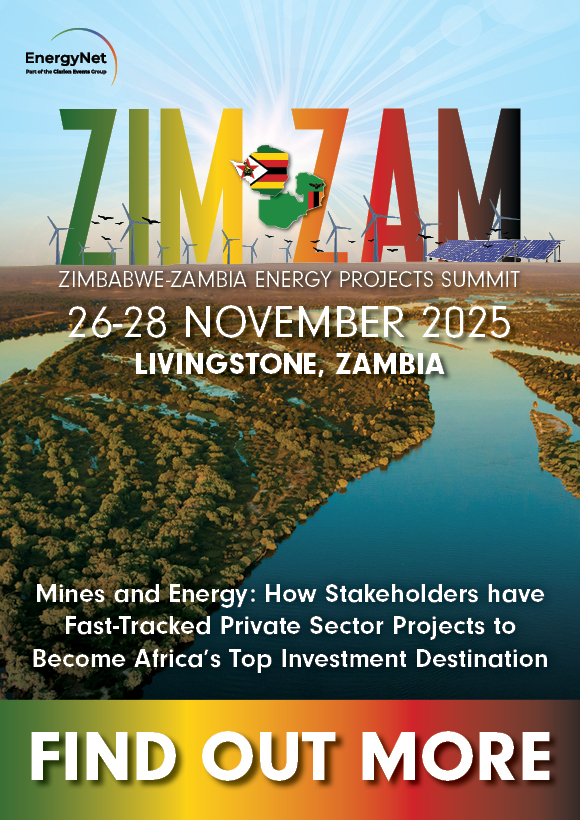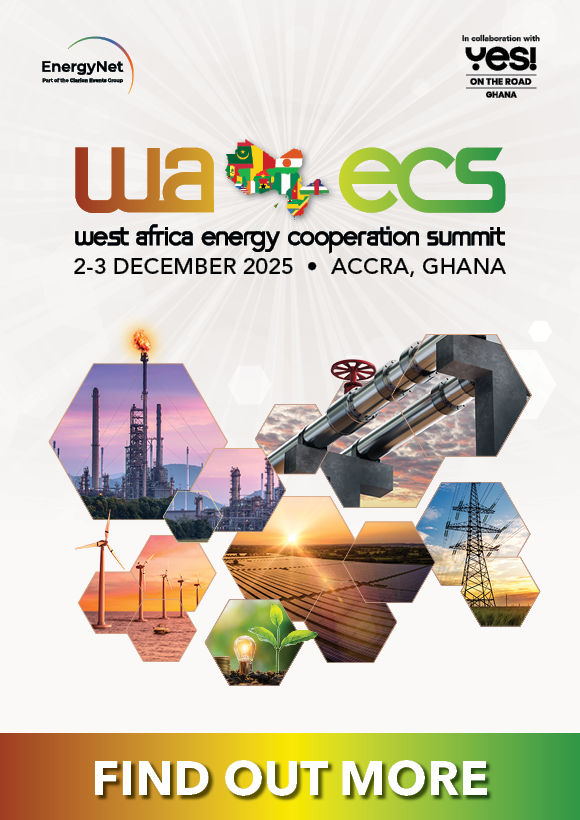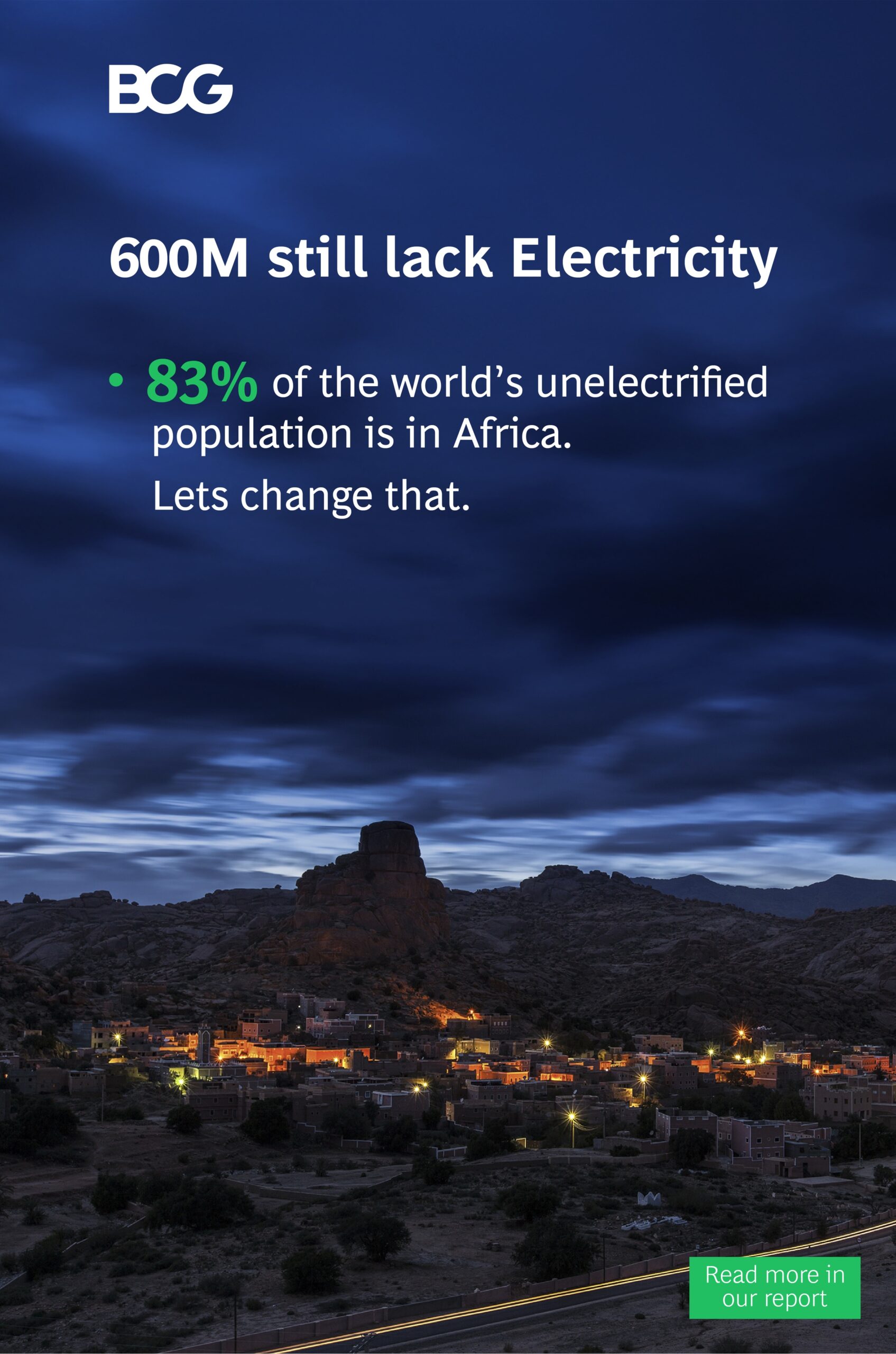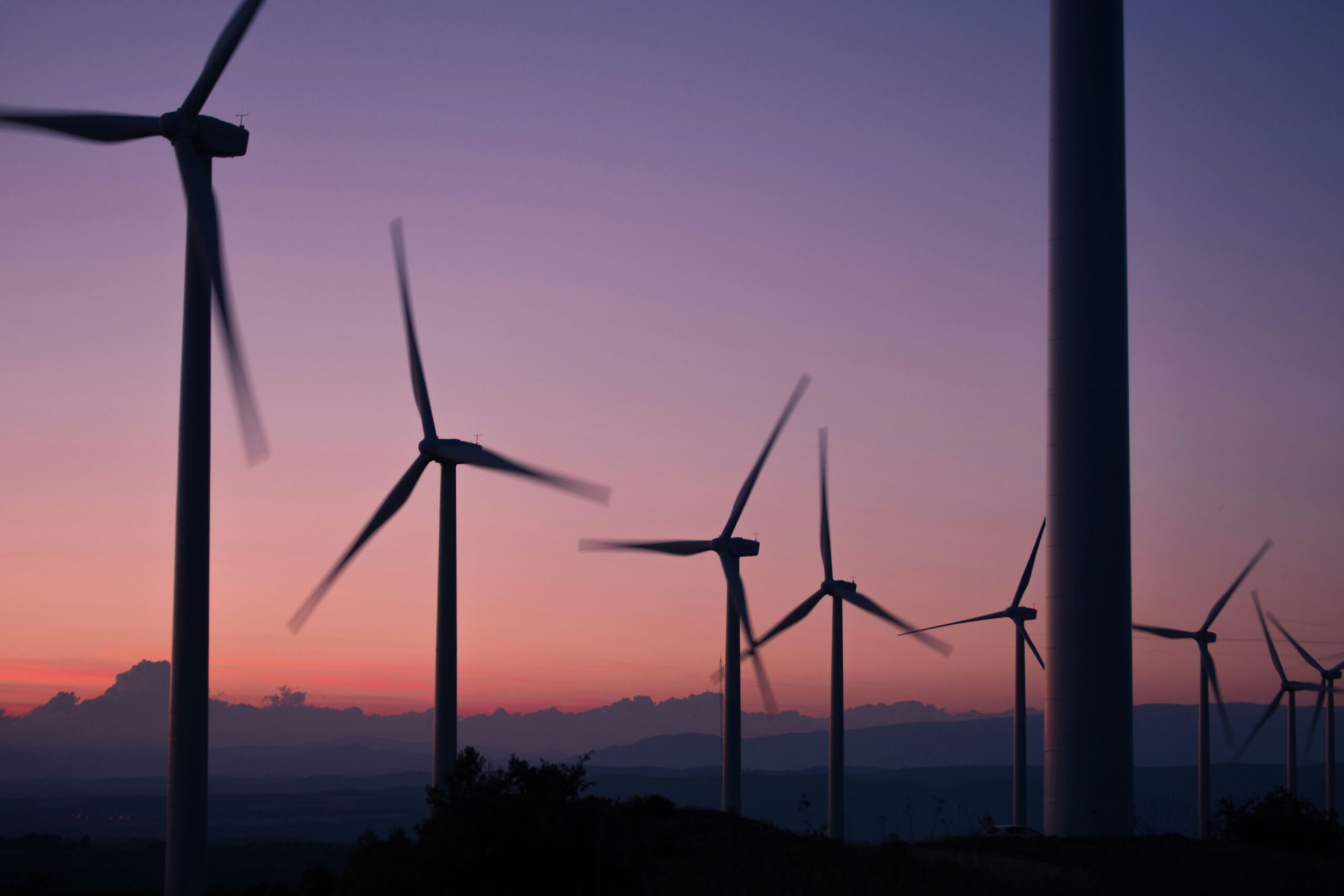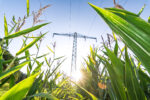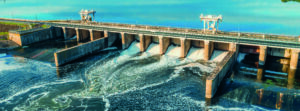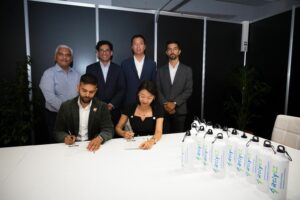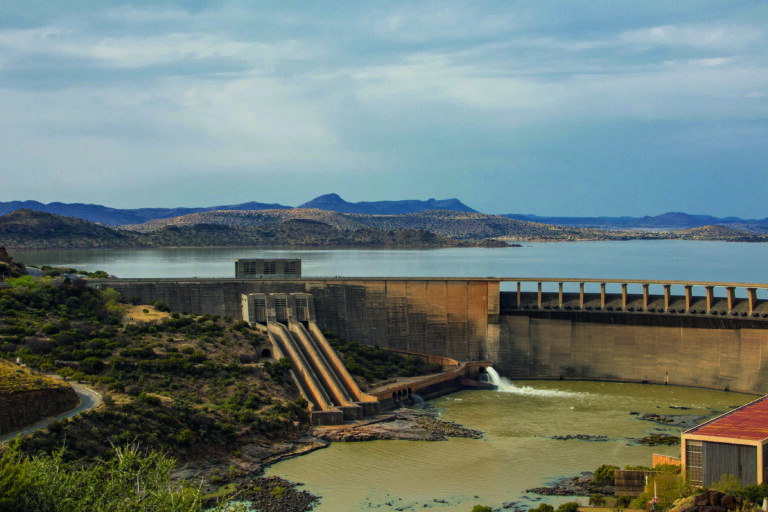
Importance and Value of Hydropower Projects: Africa Focus
As the demand for clean and sustainable energy sources continues to grow globally, Hydropower is gaining significant attention
Hydro is the most widely used renewable energy source in the world. Hydropower contributes to ~17% of the global energy production, per the International Energy Agency with China being the largest producer followed by Canada, Brazil, and the United States. Over two-thirds of the potential is yet to be developed in Latin America, Africa, India, and China. The market is projected to be growing at 5.9% Compound Annual Growth Rate (CAGR) annually.
Facilities to house Hydropower come in all sizes, from the well-known hydroelectric power plant to a small system called Micro Hydropower which is suitable for a single home, farm, ranch, or village. For all Hydropower projects, it is critical to complete a sustainability assessment which includes evaluating sites, and environmental and social impacts. Sustainability assessments are the key elements that enable the creation of a solid action-plan prior to project development.
Hydropower is a clean and low-cost water technology that has proven to be reliable and is in use for over 100 years. On September 30, 1882, the world's first hydroelectric power plant began operation using the natural energy of the Fox River in Appleton, Wisconsin, USA, and established the technology as resilient and long-lasting.
Hydropower at its heart is like a big battery, the ideal renewables partner providing stored power in the form of water when needed. This positions Hydropower as the essential component in a renewable energy infrastructure promoting guaranteed energy with price stability. Solar and wind power projects are seeing an increase in numbers, yet they are comparatively less reliable in meeting peak demands and maintaining system codes unless coupled with Battery Energy Storage Systems (BESS) to provide ancillary services. Hydropower projects can be implemented and used to make the grid stable by generating a more reliable form of renewable energy.
Hydropower is flexible and can generate power to the grid immediately, providing, for example, essential backup power during major electricity outages or disruptions. Hydropower has proven to be low-cost and durable over time compared to other renewable energy sources. The estimated installed capacity of Hydropower Projects across the world is ~1400 GW. Hydropower enables progress with stability and reliability across renewable energy systems.
Unlike other renewable energy sources like solar and wind, which are completely dependent on weather and climatic conditions, Hydropower, though dependent on hydrology, can generate electricity around the clock with limited seasonality, providing a reliable, affordable, and stable source of energy. This is particularly important for regions that require a base-load energy source to meet minimum energy demand. Hydropower facilities are proven to be long-lasting, requiring minimal maintenance. Some of the standing operational facilities are more than 50 years old, making them a cost-effective solution in the longer run, providing a predictable source of energy for years to come.
In addition to being reliable, Hydropower projects are flexible and can adjust energy output to meet changing demands, making them a good backup source. They are also scalable and can serve multiple purposes beyond energy generation, for example, dam constructed for many Hydropower projects also serve as water reservoirs, flood control measures, and irrigation systems.
Advances and shifts in technology
Traditional Hydropower systems rely on large reservoirs and dams to generate electricity. These dams store water in a reservoir and then release it through turbines to generate electricity. While this remains a popular method for generating Hydropower; advances in technology have led to the development of newer, more flexible, and efficient methods of generating Hydropower, making it a more attractive and popular option for the off-takers, developers, and lenders for bridging the demand and supply gaps.
One such advanced technology is run-of-river, which does not require a large dam or large reservoir. Instead, it relies on the natural flow of a river or stream and may require a smaller dam to turn turbines and generate electricity. This method can have lesser environmental and social impact, due to small reservoir. More advanced run-of-river Hydropower technology incorporates features such as marine-life friendly turbines, along with other environmental and social considerations.
Another technology is pumped storage projects, which involves pumping water uphill during periods of low energy demand and then releasing it to generate electricity during peak demand periods. This technology allows for the storage of excess energy generated during periods of low demand, which can then be used to meet demand during peak periods, increasing the efficiency and reliability of the power grid.
Other emerging technologies are also being tested across markets; however, the developers and lenders still remain focused on the proven and implemented technologies.
The advancements in technology have created new prospects for generating clean and renewable energy from Hydropower.
Global landscape of Hydropower projects
Due to its advantages and opportunities for technical innovation, Hydropower has emerged as the most widely used renewable energy source globally with around ~1,400 GW of installed Hydropower capacity worldwide. As countries strive towards achieving their net-zero emission targets in the coming decades, Hydropower has attracted significant investments worldwide; contributing to 17% of the global energy production (per the International Energy Agency) where China is the largest producer followed by Brazil, the United States, and Canada.
Notably, countries such as China and Brazil, which have high Hydropower potential owing to their available natural resource and topography, have been investing heavily in large-scale Hydropower projects. China is the world's largest producer of Hydropower, with around ~400 GW of installed capacity, followed by Brazil with around ~110 GW. At the same time, countries such as Norway and Switzerland, which are in mountainous regions with high rainfall, have been increasingly focusing on pumped storage Hydropower projects, which allow for the storage of excess energy during times of low demand. Other countries with significant Hydropower capacity include the United States, Russia, India, and Japan.
Untapped Opportunities: Africa Focus
Although a well-established source of energy, many untapped opportunities still remain for Hydropower development in various parts of the world. According to the International Hydropower Association (IHA), there is a significant potential for new Hydropower development globally, particularly in Africa, Asia, and Latin America. These regions account for around 75% of the technically feasible potential for Hydropower.
Africa has an installed Hydropower capacity of ~38 GW, which is just a fraction of its estimated potential of ~600 GW. Some African countries have already initiated large Hydropower projects tapping into their enormous Hydropower potential. The Democratic Republic of Congo (DRC) and Ethiopia have the highest Hydropower potential, followed by Egypt, Zambia, Mozambique, Tanzania, and Sudan.
Some of the important upcoming Hydropower projects in the Sub-Saharan Africa region include the Mphanda Nkuwa Hydropower Project in Mozambique, which is a run-of-the-river project with expected capacity of 1,500 MW. The project recently concluded the tender process for the selection of a private sector strategic partner to co-develop the project along with the Government of Mozambique. Other upcoming projects include 350 MW Mpatamanga project in Malawi, Batoka Gorge project in Zimbabwe, Grand Inga projects in DRC, and other many small-scale hydro projects.
Overcoming the Challenges
While Hydropower projects offer numerous benefits, they come with their challenges. These challenges can take many forms, including socio-economic, cultural, environmental, and technical leading to difficulties in achieving successful implementation and operation of Hydropower project. Apart from these, the structuring, development, Bankability Assessment and construction of Hydropower projects may be relatively more challenging compared to conventional or other renewable power projects. The key considerations faced by Hydropower projects are Socio-economic, Cultural, Environmental and Hydrology.
Socio-economic and Cultural Considerations
Hydropower projects can have significant socio-economic and cultural considerations, such as the displacement of homes and communities, which can occur due to the construction of large dams and reservoirs. Such displacement can cause social, economic, and cultural diracinations of the affected communities. Additionally, the construction of such projects may also result in the flooding of culturally significant areas and historic sites, resulting in the loss of cultural heritage and undesirable social and emotional impacts on affected communities.
Yet another negative impact could be on the traditional livelihoods such as fishing and agriculture. While Hydropower projects can create jobs and stimulate economic growth, it is important to address these problems by providing alternative livelihood options and ensuring that affected communities are compensated fairly for any losses.
To overcome such challenges and to limit such impact, most of the multilateral and bilateral Development Financing Institutions (DFI) issue and follow strict guidelines. These guidelines are also imposed on the developers and investors in such projects whereby, the access to such development financing from the DFIs is hinged upon compliance with guidelines.
Environmental considerations
Hydropower projects may have significant environmental considerations. These projects can disrupt the natural habitats of fish and other aquatic creatures by changing water levels and flow patterns. The construction of dams and reservoirs can block fish migration routes, affecting local fisheries and the livelihoods of people who depend on them. Changes in water flow patterns and sediment transport can also cause erosion and sedimentation downstream, impacting the natural habitats of flora and fauna. This can lead to long-term environmental impacts, including the loss of biodiversity and ecosystem services.
Therefore, it is important to address these environmental considerations, by carefully examining the location and design of Hydropower projects, implementing mitigation measures, and monitoring their impacts over time. To access financing from the international DFIs, along with the social impact guidelines, DFIs also issue strict environmental guidelines and impose them on the developers and investors.
Hydrology
Hydrology is one of the key aspects which needs to be thoroughly studied, analyzed, and understood by all the stakeholders involved in project implementation. Hydrology risk refers to the potential impact of changes in water flow on the project's operations. Climatic patterns and seasonality can significantly impact the flow of water in rivers and streams, which can directly affect Hydropower projects. Droughts can cause water levels to drop, reducing the amount of electricity that can be generated. Hydrology study is conducted to assess the flow of water and to evaluate the power generation potential at the location of the project.
Image: AdobeStock_364675162.jpeg
Financing
Hydropower projects require significant investment in upfront capital and have a long gestation period before they start generating cashflows. Financing is a critical component of the Hydropower project development cycle, as it enables project developers to secure the necessary funding to design, build and operate the facility. Financing Hydropower projects involves a complex mix of funding sources, including commercial banks, Development Finance Institutions (DFI), Export Credit Agencies (ECA), and Multilateral organizations. The availability and cost of financing are key factors in determining the economic viability, sustainability and affordability of a Hydropower project.
In large-scale projects, usually, due to the size of the project, multiple lenders will form part of the lending group. For example, for a Hydropower project in Africa, the lending group may consist of major commercial banks, Development Finance Institutions (DFIs) including the World Bank, International Finance Corporation (IFC), African Development Bank (AfDB), European Investment Bank (EIB), US International Development Finance Corporation (US DFC), and may include Export Credit Agencies (ECAs) depending on the source country supplying the equipment for the project. Apart from the general bankability and risk allocation related due diligence, usually as a minimum requirement, the lenders also get closely involved in the Environmental and Social Impact Assessment (ESIA) and the hydrology studies.
Green Financing
The increasing demand for green financing has led lenders and investors to prioritize the assurance of environmental and social sustainability, hence necessitating the implementation of Environmental and Social Impact Assessment (ESIA) protocols. ESIA guidelines are an essential component of sustainable Hydropower development. Overall, these guidelines emphasize the importance of sustainability, stakeholder engagement, and environmental and social impact assessments in the development of Hydropower projects in Africa. Meeting these criteria can help ensure that a Hydropower project is developed in a sustainable and environmentally responsible manner and can increase the likelihood of securing Green Financing from organizations such as the European Investment Bank (EIB), the International Finance Corporation (IFC) and African Development Bank (AfDB).
Structuring of payment mechanisms
Another important aspect of Hydropower project development is the payment mechanism under the Power Purchase Agreements (PPA). A bankable tariff structure plays a critical role in determining the economic viability and sustainability of a Hydropower project. They can vary depending on the specific project, location, and regulatory framework. There are various approaches to structuring tariffs for Hydropower projects.
One approach is the availability-based tariff approach, under which the Hydropower project is paid for being available to supply power, regardless of how much power is dispatched. On the plus side, an availability-based tariff can make it easier to secure financing and lower the cost of capital. However, one downside is that it puts the burden of demand risk on the concession grantor, who may end up paying for capacity that may not be dispatched.
Another option is a generation-based tariff. This system pays the Hydropower project for each unit of energy that is generated and supplied to the grid. It is suggested that a model similar to those used for photovoltaic solar or wind projects be used. The generation-based payments model transfers demand risk from the grantor to the concessionaire, which can help align interests and reduce financing costs. However, this approach only works well if demand can be predicted with reasonable certainty with probability models using hydrology. This structure must be coupled with a take or pay which is customized to reflect the availability of water to the plant to enhance the bankability of the projects.
The process of determining tariff structures can vary depending on the regulatory framework and agreement between the project developers and the offtakers. Some regulatory authorities and PPAs allow for negotiated tariffs, while others may employ competitive bidding processes or market-based mechanisms to set tariffs.
Conclusion
With its renewable nature, Hydropower has the potential to play a vital role in achieving the goals of countries striving to become carbon-neutral. Despite the challenges faced by these projects, countries across the globe are implementing Hydropower projects, and financing for these projects is being provided by all major financing institutions. With the continuous advancements in technology and the increasing focus on sustainability, Hydropower is set to remain and grow as an essential component of the world's energy mix, providing a reliable and affordable source of energy while minimizing environmental impact, especially in countries in the African continent.
Image: Synergy_Authors.png


